How to grow thyme in garden and in a flower pot
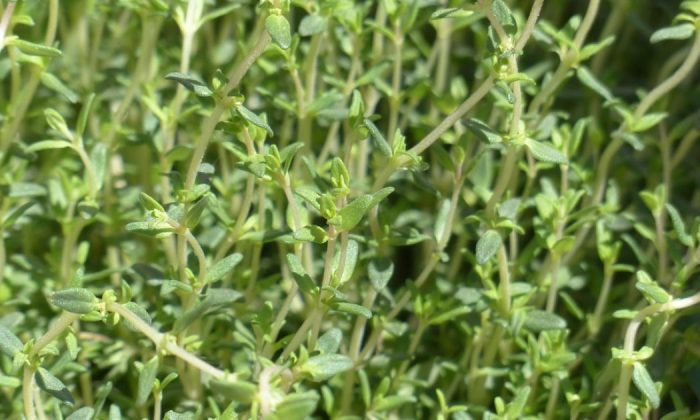
Although thyme is a rather discreet herb, it has small leaves and looks almost like a weed, it has incredible power. It is one of the most popular and most commonly grown herbs, and it has many uses. Fish, egg dishes, sauces, pasta or even meat dishes and recipes get a great boost from thyme. Thyme gives dishes refreshing and pleasant aroma. Thanks to its antibacterial and anti-inflammatory effects it is often used to treat digestion and skin problems and indeed you will find thyme in many skin and body products.
Growing thyme
There are more than 100 varieties of thyme, but only a few of them are used in food recipes. Common thyme and lemon thyme are the most popular herbs. Growing thyme is not difficult because it germinates and grows easily. You can grow thyme in your garden but you need to winterize before the winter comes. Frost easily kills common thyme, but lemon thyme is frost tolerant. If you grow thyme in a pot you can have it within your reach any time. Choose an attractive flower pot because thyme looks very nice and proudly display it.
Photo: Pixabay
Basic growing requirements
Sow thyme in mid-April and plant seeds to a depth of 0.5 cm. Make sure that seeds get plenty of warmth – so you need to find a sunny place. You should see first sprouts after about two weeks. Now you have two options. Either pull out the weak seedlings to make room for the stronger ones, or transplant all seedlings into separate containers. When there is no danger of frost, you may plant seedlings in your garden – usually in the second half of May. Even seedlings in flower pots should be moved outside tot a sunny spot.
Watering and fertilization
Fertilizing is not really necessary because thyme grows well in less fertile soils too. But if you want to provide more nutrients, choose natural fertilizers such as compost. However, keep in mind that if you fertilize too much, thyme will lose its pleasant aroma. Soil should be constantly moist, but well permeable. The plant cannot be flooded. Water less, but more often and do not pour water on leaves.
Harvesting
You can harvest regularly throughout the year, but only cut leaves or whole stems. Regular harvesting forces the plant to grow thicker so, do not be afraid of harvesting. . Try to harvest during sunny weather, when the plant is not wet from dew or rain. You can do a radical pruning twice a year. Do the first cut before the plant blooms, which is usually at the beginning of June, and the second cut at the end of August – after the flowering period is over. Cut the plant about 10 cm from the ground. If you want to dry thyme, the drying temperature should not exceed 35 °C.
Source: https://www.homebook.pl/artykuly/5481/tymianek-uprawa-w-ogrodzie-i-domu
Preview photo: Pixabay

Gardening is my hobby, I have a lot of experience and I am happy to share it.
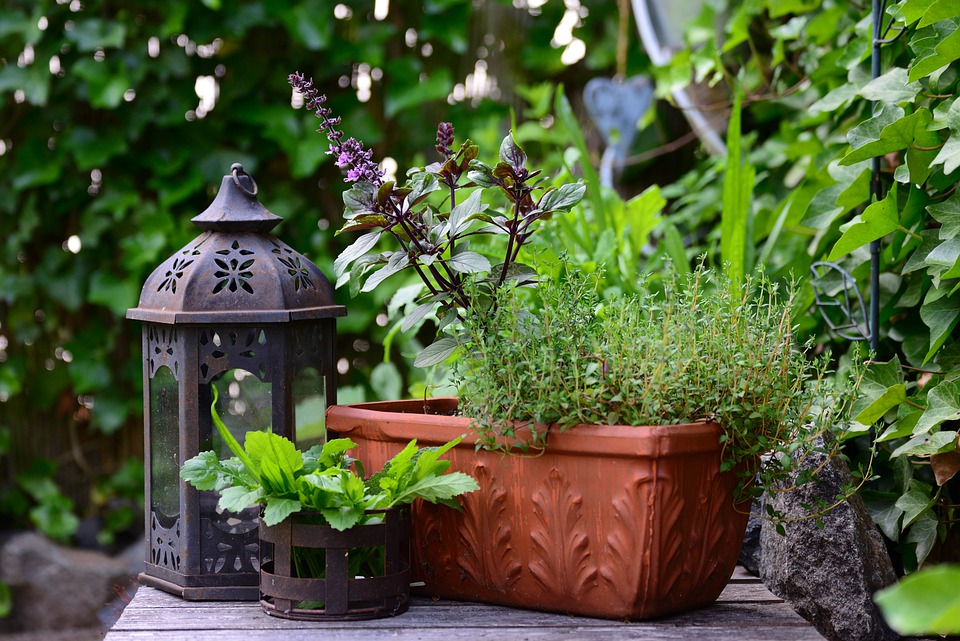



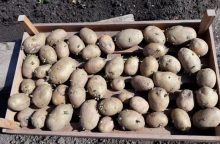
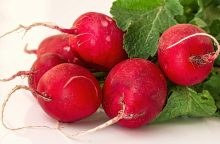

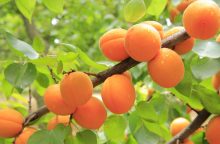
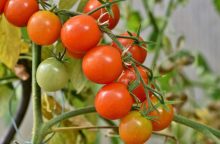
0 comments